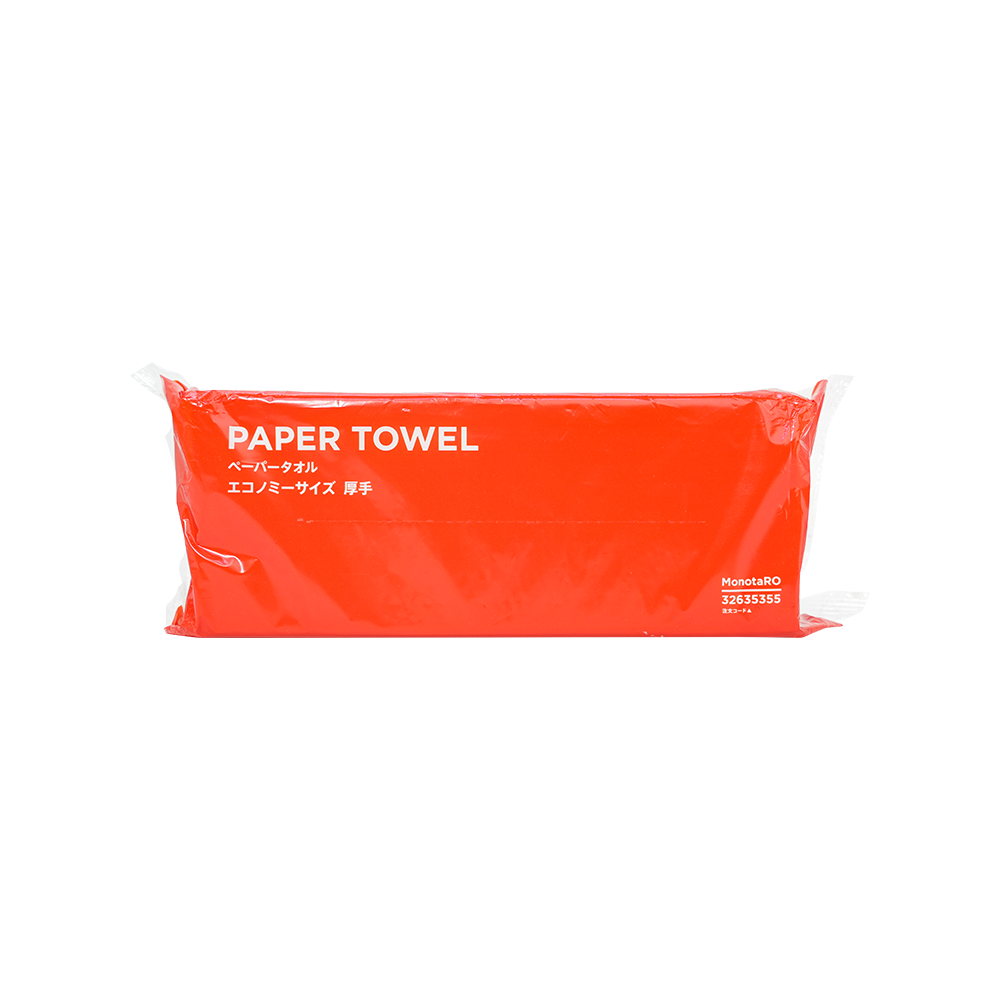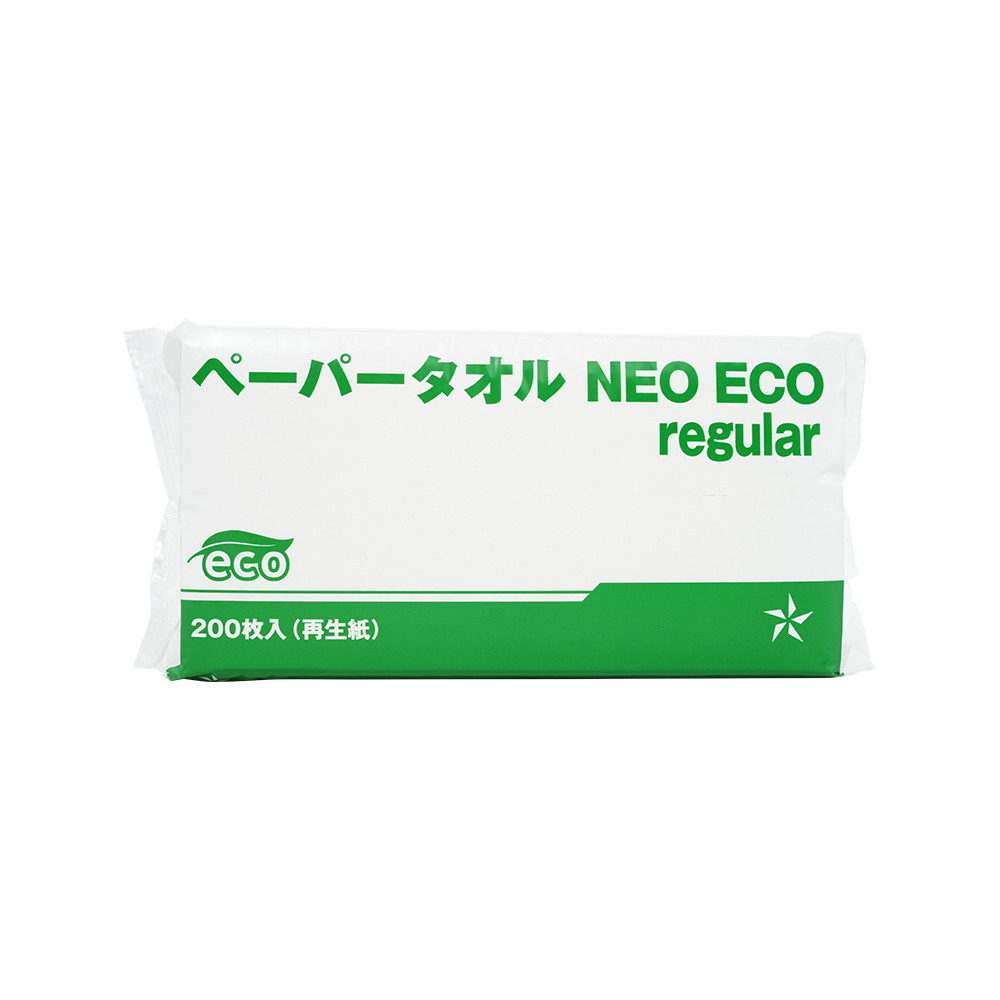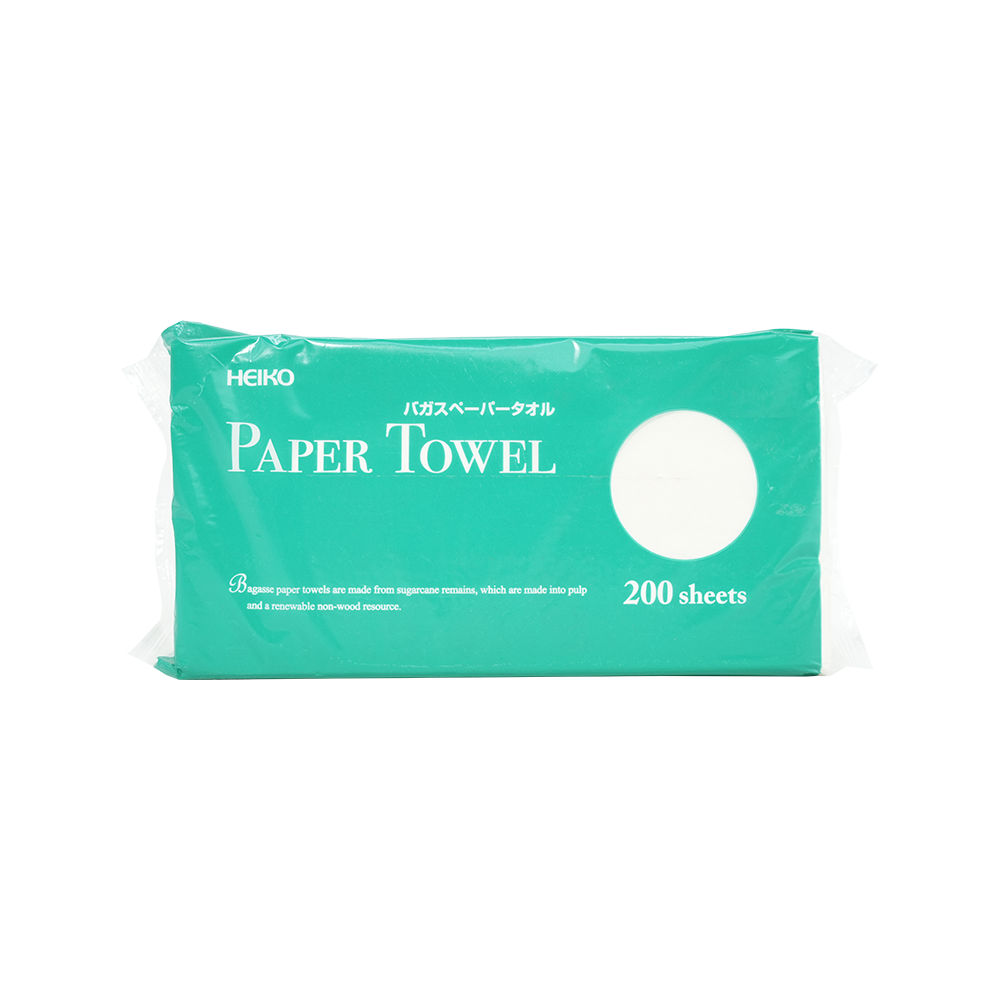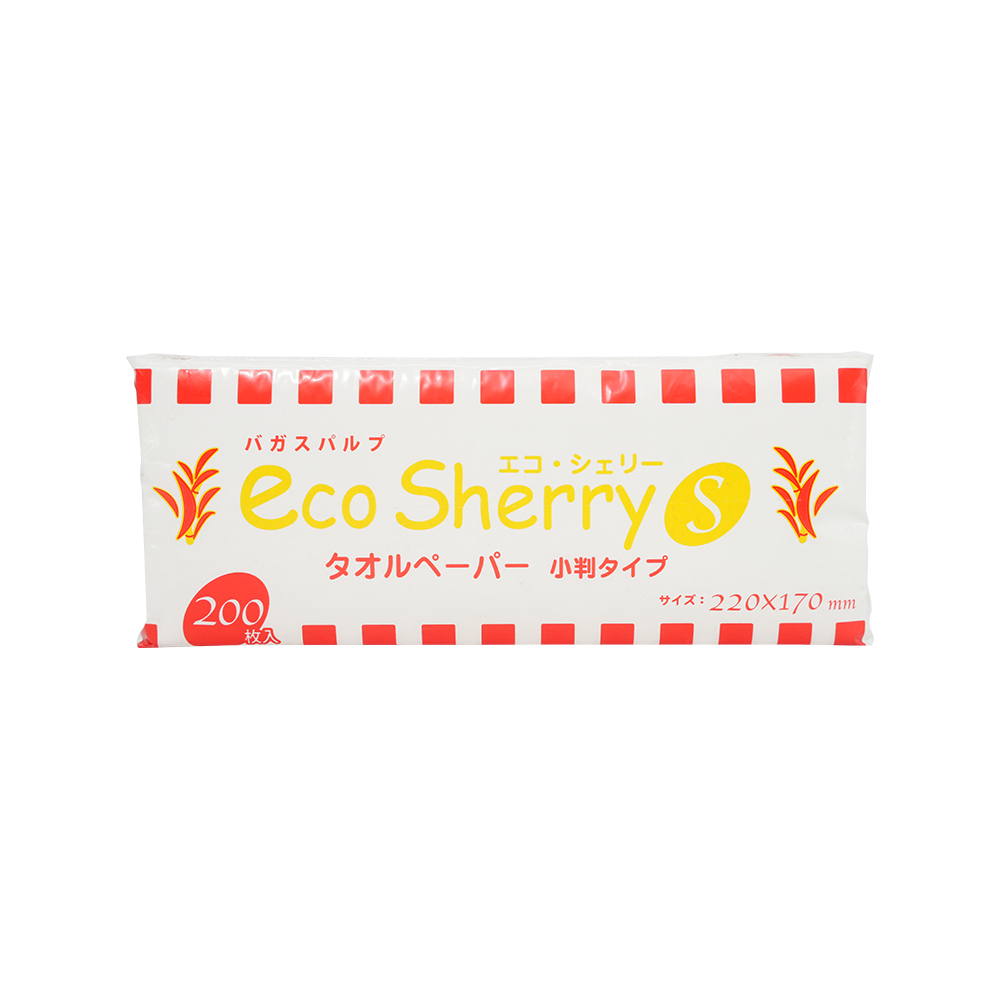Bamboo Facial Tissue: The Ultimate Guide to Benefits, Sustainability, and Softness
 2025.08.29
2025.08.29
 Industry News
Industry News
If you’ve ever reached for a tissue to deal with a runny nose, remove makeup, or simply dab your face, you’ve probably never given that humble square much thought. But what if your choice of tissue could be softer on your skin, stronger when wet, and significantly kinder to the planet? This is the promise of bamboo pulp facial tissue, a product that’s moving from a niche eco-friendly alternative to a mainstream household staple.
For those with sensitive skin, allergies, or a growing environmental conscience, understanding the real benefits of these tissues is key.
Why Move Away from Regular Tissues?
To appreciate bamboo, it helps to understand the conventional alternative. Most standard facial tissues are made from wood pulp, primarily from trees like virgin softwood and hardwood. The process of turning trees into the soft, white paper we know involves significant water usage, chemical bleaching (often with chlorine compounds), and contributes to deforestation.
Furthermore, while soft, traditional tissues can sometimes contain trace chemicals or fragrances that irritate sensitive skin, especially when used frequently during cold and flu season. They also have a tendency to break down when wet, leading to frustrating little bits of pulp sticking to your face.
The Bamboo Advantage: More Than Just a Trend
Bamboo isn’t a tree; it’s a type of grass, and its unique properties make it an exceptionally sustainable resource. This natural efficiency translates directly into the benefits you experience with bamboo pulp tissues.
1. Unmatched Softness and Strength
One of the first things people notice about high-quality bamboo tissues is their incredible softness. Bamboo fibers are naturally round and smooth, lacking the sharp splinters that wood fibers can have. This creates a luxuriously soft feel that is exceptionally gentle on delicate skin, especially around the nose and eyes. This makes them a fantastic hypoallergenic facial tissue option.
But don’t let the softness fool you. Bamboo fibers are also incredibly strong. They contain a natural bio-agent called “bamboo kun,” which provides inherent resilience. This means a bamboo tissue is far less likely to tear or disintegrate when you need it most, whether you’re dealing with a stubborn cold or using it with a damp natural toner.
2. A Powerhouse of Sustainability
This is where bamboo truly shines. Its environmental credentials are what drive many people to make the switch.
- Rapidly Renewable: Bamboo is the fastest-growing plant on Earth. Some species can grow up to three feet in just 24 hours. It reaches maturity in 3-5 years, compared to decades for trees.
- Self-Regenerating: When harvested, bamboo is cut, not uprooted. Its vast root system remains intact, regenerating new shoots without the need for replanting. This prevents soil erosion and maintains the health of the ecosystem.
- Low Impact: Bamboo typically requires no artificial fertilizers or pesticides to thrive. It also consumes far less water than traditional timber forests, making it a crucial feature for any eco-friendly bathroom product.
- Biodegradable: Like other paper products, bamboo tissues will break down naturally, completing a sustainable lifecycle.
3. Naturally Antibacterial and Moisture-Wicking
Bamboo kun, the same agent that gives the fiber strength, also provides natural antibacterial and antifungal properties. While the pulping process moderates this, it can still contribute to a less hospitable environment for odor-causing bacteria sitting in your tissue box.
Additionally, the structure of the bamboo fiber is highly porous, making it exceptionally absorbent. It can take in more moisture than a standard tissue of the same size, meaning you might use fewer tissues per use. This natural moisture-wicking ability is also why bamboo is popular in textiles like towels and sheets.

Choosing the Right Bamboo Tissues for Your Home
Not all bamboo tissues are created equal. As you look to make the switch, here are a few key things to consider:
- Pulp Content: Look for products made from 100% bamboo pulp. Some brands may blend bamboo with recycled paper or wood pulp to cut costs. While still a better choice, 100% bamboo offers the full benefit profile.
- Bleaching Process: The bright white color of most paper products is achieved through bleaching. The best options use a chlorine-free bleaching process, often labeled as TCF (Totally Chlorine Free) or ECF (Elemental Chlorine Free). These methods are better for the environment and leave fewer chemical residues.
- Packaging: A truly sustainable product often considers its entire footprint. Look for brands that use recycled cardboard for their boxes and minimal, plastic-free outer wrapping.
- Ply and thickness: Bamboo tissues come in 2-ply and 3-ply options. A 3-ply tissue will be plusher, stronger, and more absorbent, ideal for heavy-use situations like colds. A 2-ply is still soft and strong and may be a good everyday option.
Making the Switch: A Small Change with a Big Impact
Incorporating bamboo facial tissues into your home is one of the easiest zero-waste swaps you can make. It requires no change in habit—you use them exactly as you always have—but the collective environmental impact is profound. By choosing bamboo, you are directly supporting sustainable agriculture, reducing deforestation, and minimizing your exposure to chemicals.
For families, the combination of gentle softness on sensitive skin and superior strength is a practical win. For the environmentally conscious, it’s a simple, effective way to align daily habits with personal values.
Next time you restock your bathroom cabinet or kitchen shelf, consider reaching for the box made from bamboo. It’s a small choice that feels good for your skin and even better for your conscience. It’s not just a tissue; it’s a step towards a softer, more sustainable future.


 English
English 日本語
日本語 한국어
한국어








